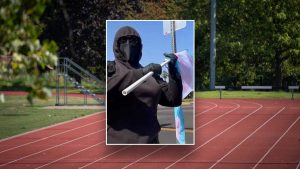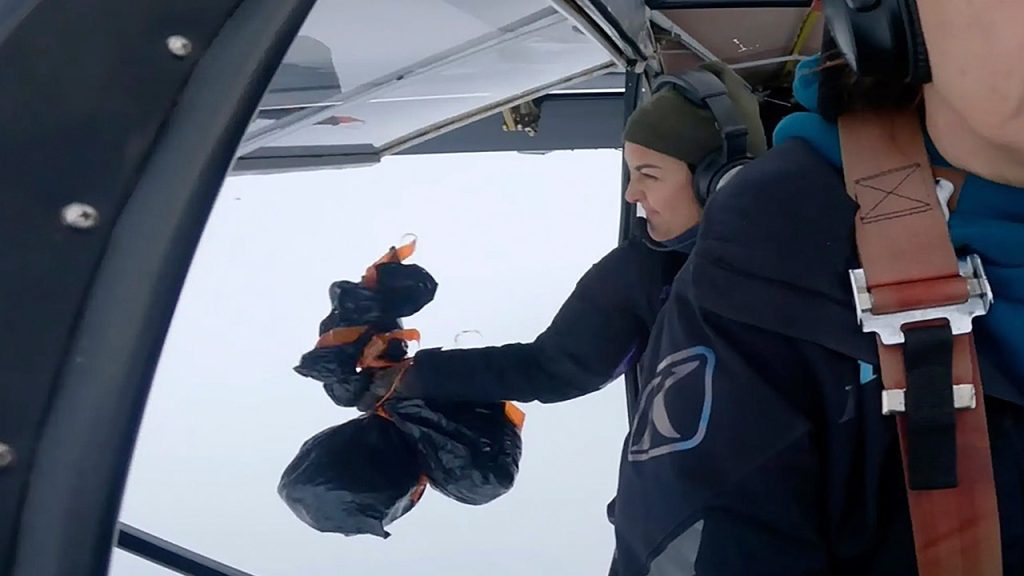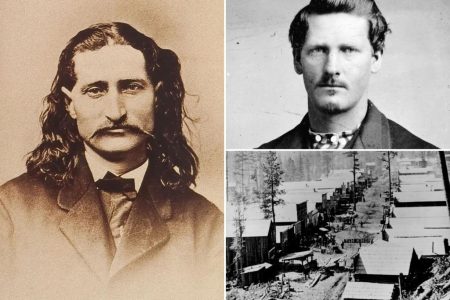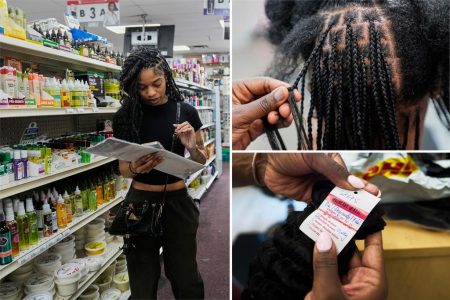In some of Alaska’s most isolated regions, a unique tradition has emerged during Thanksgiving: the Alaska Turkey Bomb. This initiative, spearheaded by Esther Keim, involves a small plane dropping frozen turkeys for residents who cannot procure their own for the holiday season. Keim, now in her third year of the project, recalls her childhood in Skwentna, Alaska—a homestead located about 50 miles northwest of Anchorage. She shares fond memories of a past Thanksgiving when a neighbor flew in to deliver a turkey, making the holiday particularly special for families who were cut off from stores due to freezing weather conditions. The nostalgia of that experience drives her commitment to this charitable act, as she aims to recreate such joyful moments for others who find themselves similarly isolated.
The impetus for Keim’s Alaska Turkey Bomb came from her understanding of the struggles faced by families in remote areas during the winter. Once freeze-up occurs, residents often find themselves isolated for weeks, unable to travel due to dangerous conditions. Keim was motivated after hearing about a neighboring family’s challenges in acquiring food for Thanksgiving in 2022, highlighting that family dinner options were limited. As she listened to the plight of families where a single squirrel wouldn’t suffice for a meal, Keim was inspired to take action, propelling her towards her goal of delivering turkeys to families who might otherwise go without a holiday meal.
Efficiency is key to the success of the Turkey Bomb. Keim and her pilot, Heidi Hastings, utilize precise flying techniques to deliver turkeys quickly to multiple families. They assess their delivery routes by looking for people outside their homes, ensuring that the turkeys reach those who need them most. During these deliveries, Keim often includes “something special,” like candy, in the turkey packages for families with children. She connects deeply with the significance of these small treats, understanding the excitement they bring to youngsters in remote communities where access to such items is limited.
One notable recipient this year was 80-year-old Dave Luce, who, along with his wife, lives on the Yentna River, northwest of Anchorage. Having known Keim since her childhood, Luce expressed his gratitude for her generosity in delivering a 12-pound turkey, especially as their trips into town have become less frequent with age. For them, receiving the turkey not only sustains their Thanksgiving tradition but underscores the strong bonds within their community. Keim’s thoughtful efforts foster a sense of connection, reminding residents they are remembered and supported, even in their seclusion.
For the logistics of her Turkey Bomb initiative, Keim relies primarily on donations to fund her mission, buying roughly 20 turkeys at a time. She stores them in her truck, taking advantage of Alaska’s cold temperatures to keep the birds preserved until time for delivery. Her vision for the future includes establishing the Alaska Turkey Bomb as a nonprofit organization to enhance its reach and sustainability. She recognizes the multitude of families living in rural and off-grid areas of Alaska, all of whom could benefit from a Thanksgiving turkey. Expanding her initiative would enable her to serve more communities, helping ensure that even the most isolated families can partake in the joyous spirit of Thanksgiving.
As Keim reflects on her journey, she emphasizes the power of community and the importance of shared traditions, especially in challenging circumstances. By reviving the excitement and joy she experienced as a child, Keim finds fulfillment in her efforts to support others in her community. The Alaska Turkey Bomb is more than just a delivery service; it represents a lifeline of hope and connection for many Alaskans who might otherwise face a solitary holiday. Through her dedication, Keim carries forward a legacy of generosity and kindness that resonates throughout Alaska’s remote landscapes, ensuring that the spirit of Thanksgiving lives on for all, regardless of their location.










